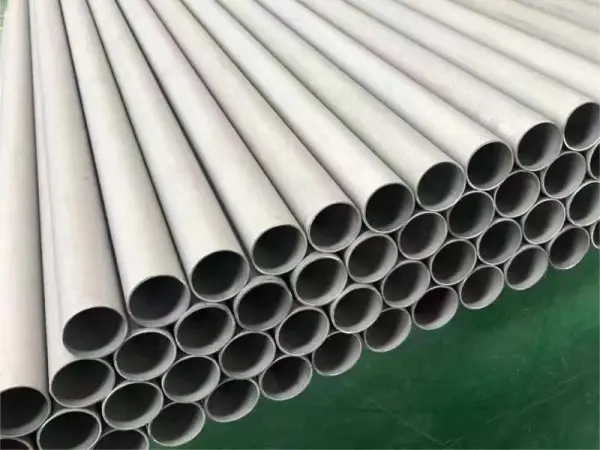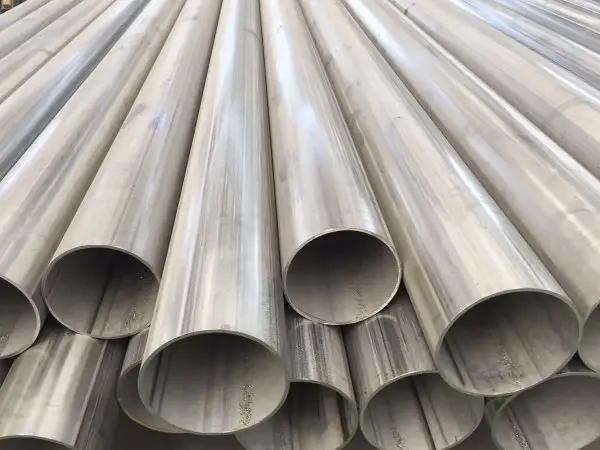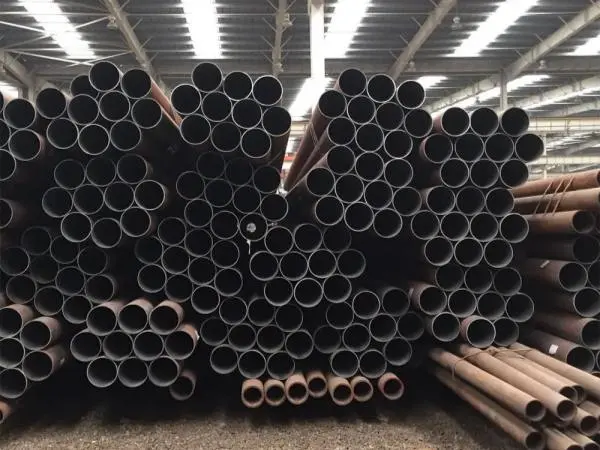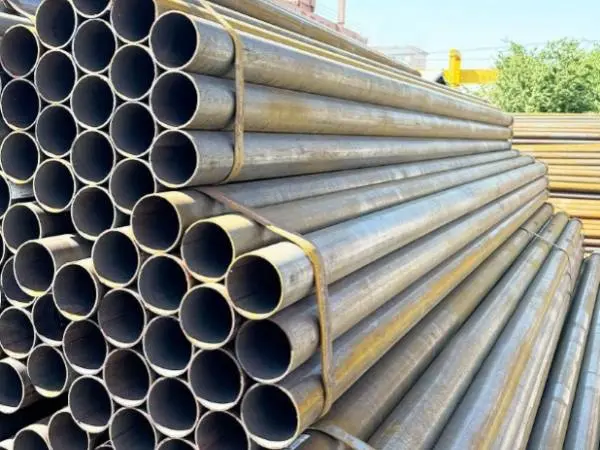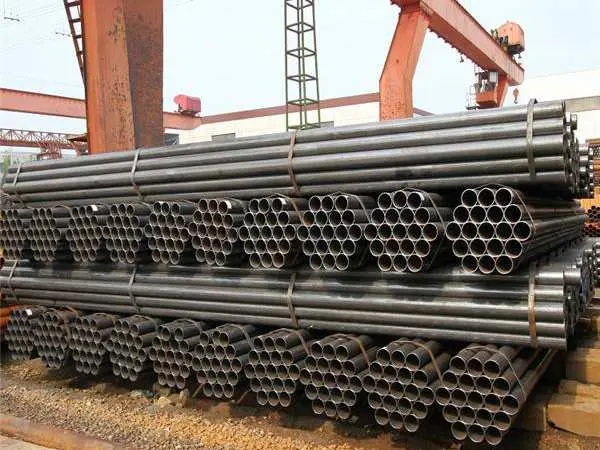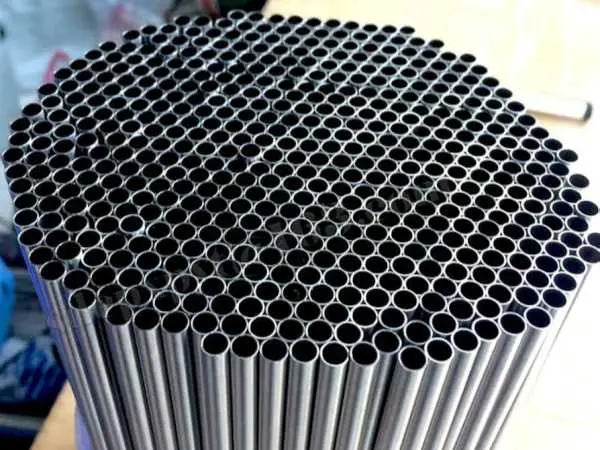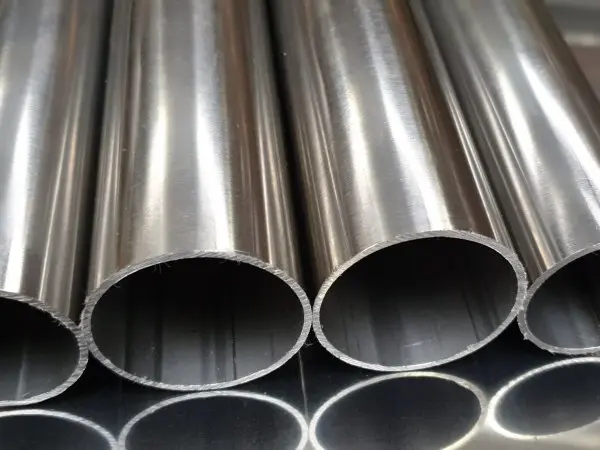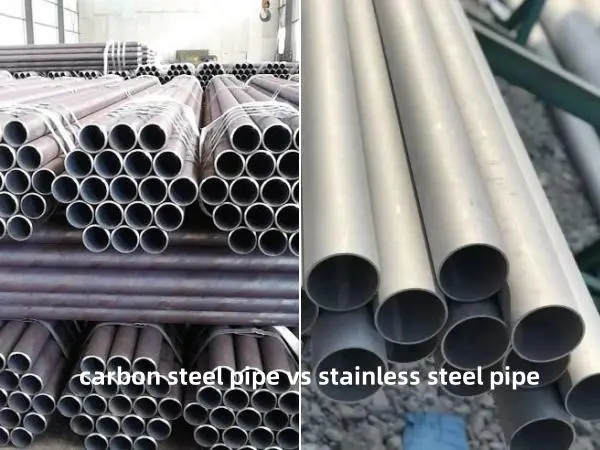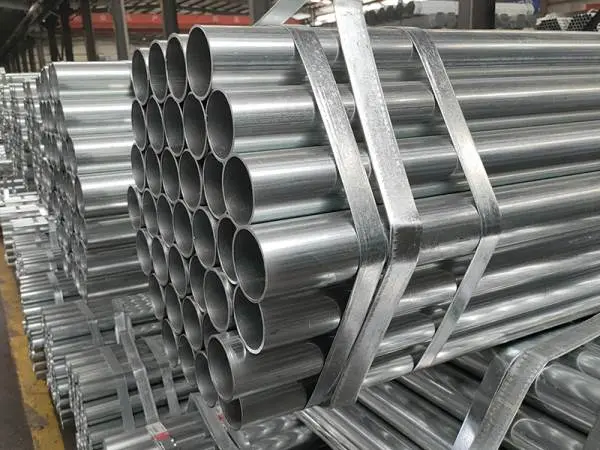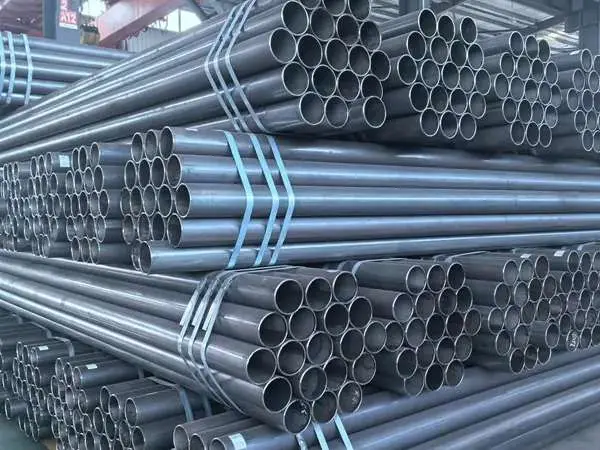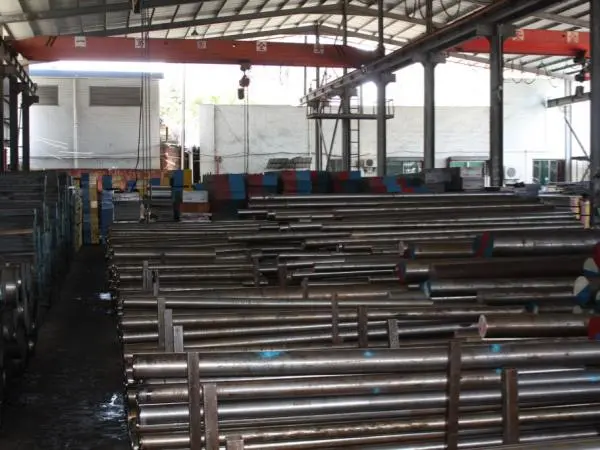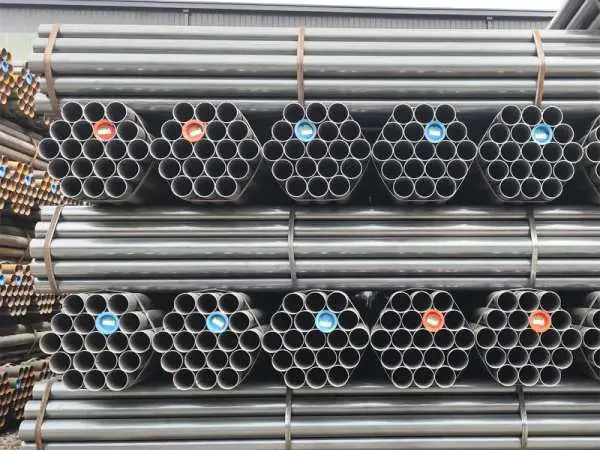-
2025-02-20Product News
Hardness test method for stainless steel seamless pipe
Hardness is a key performance indicator used to assess a material’s ability to resist localized plastic deformation. For stainless steel seamless pipes (SS SMLS pipes), hardness testing plays a crucial role in evaluating the pipe's quality, service life, and processing performance. This test ensures that the pipes meet design specifications and helps improve their reliability and safety during use.
-
2025-02-20Product News
How to choose high quality stainless steel welded pipes?
Stainless steel welded pipes, often referred to as SS welded pipes, are made by welding steel or steel strips that have been rolled and shaped using a die. The production process for welded steel pipes is relatively simple, with high production efficiency and a wide variety of specifications. However, their strength is generally lower than that of seamless steel pipes. When purchasing stainless steel welded pipes, it's essential to consider several factors such as material, production process, specifications, and surface quality. Here are some key points to guide you in making an informed choice.
-
2025-02-19Product News
Purpose and method of bending seamless steel pipes
Bending seamless steel pipes refers to the process of deforming the pipe to a specific angle or curve using external force, without damaging the material. This technique is widely applied across numerous industries, including petroleum, chemicals, construction, and automotive sectors. United Steel Industry Co., Ltd. has carefully summarized the key aspects of seamless steel pipe bending.
-
2025-02-19Product News
Main application industry of hot rolled seamless steel pipes
Hot-rolled seamless steel pipes are extensively utilized across various industrial sectors due to their excellent mechanical properties, high pressure-bearing capacity, and cost-effectiveness. This article explores the primary industries where these pipes are most commonly applied.
-
2025-02-18Product News
How to purchase MS ERW pipes at a low price?
Purchasing MS ERW (Mild Steel Electric Resistance Welded) pipes at a low price requires a strategic approach that involves market research, supplier selection, understanding material specifications, and taking advantage of price fluctuations. Whether you're sourcing for industrial projects or long-term supply needs, these steps will help you secure the best deals while maintaining quality.
-
2025-02-18Product News
Cleaning techniques for equipment mechanical tubes
Pipe cleaning is a crucial step in the maintenance and operation of mechanical equipment, serving as a necessary guarantee for smooth production and reliable performance. Cleaning experts employ a variety of advanced cleaning techniques to ensure the efficient flow of mechanical tubes, preventing blockages and maintaining system integrity.
-
2025-02-17Product News
Precautions for packaging and transportation of 304 stainless steel pipes
304 stainless steel pipes come in various product types, finishes, sizes, and transportation methods, which require different packaging forms. These pipes are commonly used as product pipes, mechanical pipes, and decorative pipes, and undergo various processes such as forming, annealing, pickling, cold working, grinding, polishing, and decorative treatments. These factors lead to a wide range of sizes and processing types. Therefore, when purchasing or ordering, it's essential to consider the appropriate packaging, labeling, and shipping methods. Below are the key precautions for packaging and transporting 304 stainless steel pipes.
-
2025-02-17Product News
Carbon steel pipe vs stainless steel pipe in corrosion resistance
This article will briefly introduce carbon steel pipe vs stainless steel pipe in corrosion resistance.
-
2025-02-14Product News
Exploring the advantages and application of DN25 galvanized steel pipes
DN25 galvanized steel pipes are pipes with a nominal diameter of 25mm that have been coated with a layer of zinc. These pipes are commonly used in a variety of industries, including water supply, drainage systems, construction, and mechanical applications. Known for their durability, corrosion resistance, and strength, DN25 galvanized steel pipes are an essential component in many construction and industrial projects. The galvanizing process, which can be done through either cold plating or hot plating, helps to enhance the pipe’s resistance to corrosion.
-
2025-02-14Product News
The inner diameter and aperture measurement method of precision steel pipes
In the production and inspection of precision steel pipes, aperture measurement plays a crucial role. There are several measurement methods available, each suitable for different accuracy levels and measurement requirements.
-
2025-02-13Product News
Exploring the characteristics and application fields of 100Cr6 seamless steel pipe
100Cr6 seamless steel pipe is a key product that has gained significant attention in the steel industry due to its distinct advantages and versatile applications. Let's take a closer look at the features of this steel pipe and explore its value across various industries.
-
2025-02-13Product News
Advantages and application value of Q355 seamless steel pipe
Q355 seamless steel pipe, a high-performance material, has become indispensable across various industries due to its remarkable properties and versatile applications. With superior mechanical characteristics and long-lasting durability, it offers significant advantages for a wide range of projects.
